Valiasr Street: A Traveler's Guide
As the longest street not only in Iran but in the entire Middle East, Valiasr Street stretches across 18 kilometers and is adorned with a wealth of historical houses and prominent landmarks, including Mellat Park, Tehran Railroad Station, and City Theatre, making it a must-visit for tourists exploring Tehran.
Originally known as "Special Pahlavi Road," Valiasr Street was commissioned by Reza Shah Pahlavi. Following the 1978 revolution, the street briefly bore the name "Mohammed Mossadegh Street'' before being renamed Valiasr Street, a name that pays homage to the 12th Shi'ite Imam. Follow us to learn everything you need to know about Valiasr Street.
About Valiasr Street
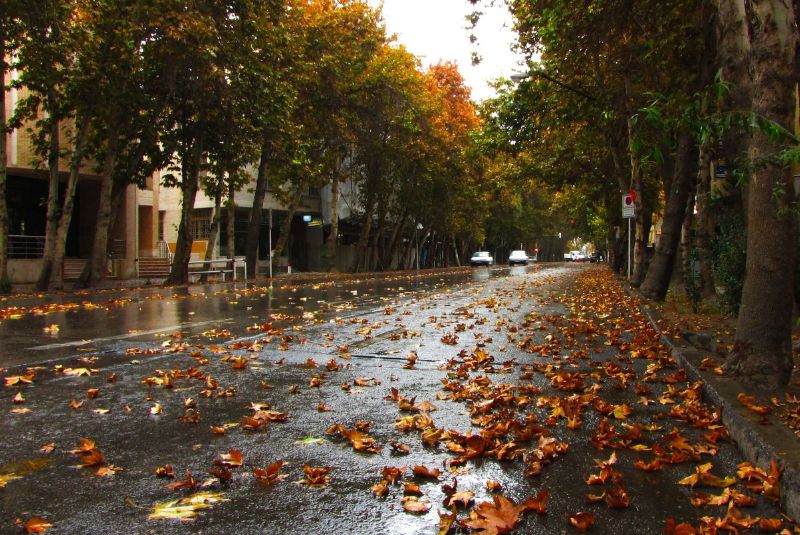
Valiasr Street is the longest avenue in Tehran, stretching from the southernmost part of the city to its furthest northern end. As the oldest avenue in the capital, it spans approximately 18 kilometers in length. The street begins at Rah Ahan (Railway) Square and concludes at Tajrish Square.
Valiasr Street is not only a major commercial hub but also a prominent tourist attraction in Tehran. Its historical significance is evident through the presence of numerous well-preserved houses that date back to different eras. Some of these houses have been recognized and registered on the National Heritage List, now serving as museums that offer a glimpse into the city's rich past.
| Interested in visiting Tehran? Check out our Tehran tour packages today to find the one that suits you best!
Valiasr Street History
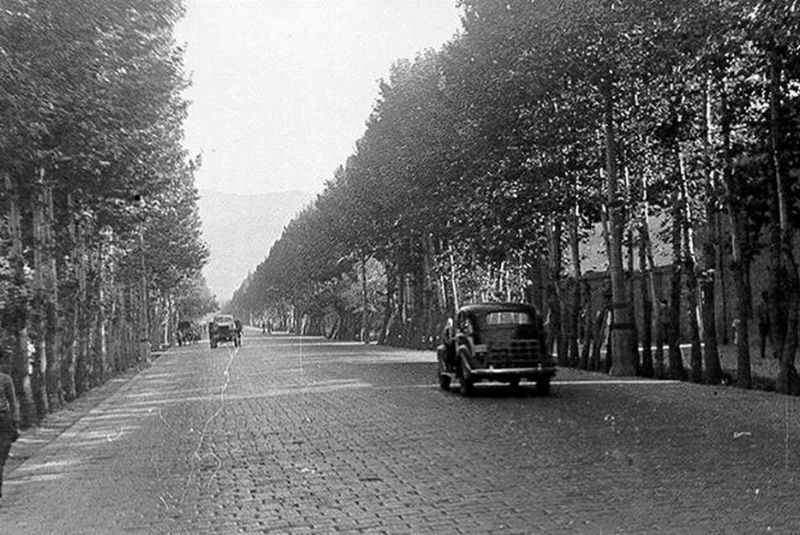
Valiasr Street, formerly known as Pahlavi Road, has a fascinating history that dates back to the Qajar period and the reign of Reza Shah Pahlavi in Iran. Nearly a century ago, Reza Shah embarked on a project to improve access to the palaces in the Shemiranat County of Tehran province. He began acquiring land, including parts of Behjat Abad in Shemiran and purchased the palace belonging to Naser al-Din Shah Qajar's daughter.
To enhance connectivity to the palaces in northern Tehran, particularly the Marmar Palace (Marble Palace), Reza Shah initiated the construction of a street. This route was later named "Pahlavi" after the ruling Pahlavi Family. Prior to the Islamic Revolution, Valiasr Street was known as Pahlavi Road, which served as a modest dirt road for local travel.
The development of Valiasr Street gained momentum, with the initial stages involving the planting of Plane trees and the construction of a stream along the route. After seven years, the Tehran municipality paved the street, and in 1930, asphalting became part of Tehran's urban development system, extending to Valiasr Street the following year.
In 1938, the Vali Asr trees were planted two meters apart on both sides of Valiasr Street, creating a pleasant atmosphere. Additionally, two wells were dug in the Zafaraniyeh area, now an upscale neighborhood in Tehran, to provide irrigation for the newly planted trees.
Originally limited to government officials, access to Pahlavi Street was opened to the general public in 1940. From 1941 to 1951, a rafting club attracted many visitors on the east side of the street, while the Karaj decorative fountain provided shade for students studying under the trees on the west side. Between 1953 and 1976, the street underwent a significant transformation, evolving from a desert road into the longest street in the capital.
Today, it stands as one of the city's iconic streets, known for its tree-lined boulevard, cultural attractions, and bustling activity. It is also home to many significant establishments. It hosts large shopping centers, public parks such as Mellat and Saei, restaurants, museums, cultural centers, and national and international offices. The street is also a traditional shopping hub in Tehran. Line 3 of Tehran's Subway passes underground beneath Valiasr Street, further facilitating transportation in the city.
Recognizing its historical and cultural importance, Valiasr Street is listed on Iran's national heritage list, solidifying its significance and preserving its legacy for future generations.
| Also read about: Chalus Road - Iran's Most Beautiful Road
Purpose of Establishing Valiasr Street
Historians suggest that the primary purpose of establishing Vali Asr Street was to connect Saad Abad Palace to Marmar Palace, providing a convenient route for the royal family. However, others argue that the street was built to connect the Pahlavi palaces and residences to the railway station.
Valiasr Trees

Valiasr Trees are one of the distinctive features of Valiasr Street. Valiasr Street in Tehran is adorned with a vast number of plantain trees, creating a mesmerizing green canopy along its length. While estimates suggest that around 20,000 plantain trees grace the street, some sources claim the number to be as high as 60,000. However, the exact count remains uncertain. Nevertheless, the abundance of these beautiful trees adds to the charm and visual appeal of Valiasr Street, offering a refreshing ambiance to those who traverse its path.
| Suggestion: Tehran National Garden Gate - Sardar-e Bagh-e Melli
Valiasr Street Shops
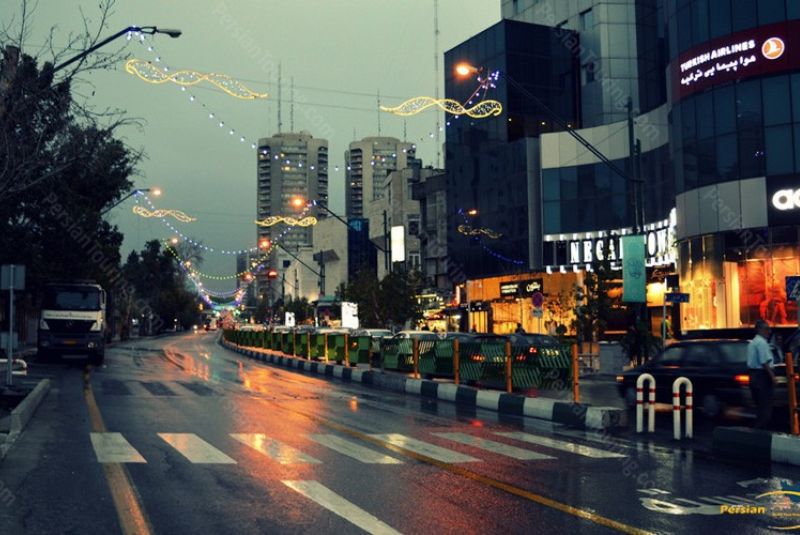
Valiasr Street is a bustling shopping destination that caters to a diverse range of tastes and preferences. The street is home to numerous shops, boutiques, and bazaars that offer an extensive selection of goods. Whether you're in search of luxurious Persian rugs, exquisite handicrafts, fashionable clothing, or unique antique artifacts, Valiasr Street has it all.
Visitors to Valiasr Street can explore renowned shopping centers such as Noor-e Tehran, Exir, and Jam-e Jam, which provide a fusion of traditional and contemporary items.
| Suggestion: Best Hotels in Tehran + Price
Valiasr Street Restaurants

Valiasr Street in Tehran is a culinary haven offering a diverse range of restaurants and cafes. Whether you're in the mood for fast food, traditional Iranian cuisine, international flavors, or a cozy cafe experience, Valiasr food will surely satisfy your taste buds.
When it comes to dining, popular restaurants along Valiasr Street include Sheela fast food chain, Didaniha Restaurant, Mansour Kebab House, Golpayegani Akhale Kebab House, Haj Mohsen Restaurant, Iran-Italy Restaurant, Darchin Restaurant, and Buffalo Restaurant. These establishments serve a variety of dishes, ensuring there's something for everyone.
For those craving Indian cuisine, there is an exceptional Indian restaurant located on the edge of Taleqani junction that comes highly recommended.
If you're looking for a more relaxed atmosphere, Valiasr Street also offers a range of charming cafes. Some notable options include Libra Cafe, Exit Cafe, Vasal Cafe, Harmony Cafe, Parse Cafe, Lamiz Cafe, and Godot Cafe. These cafes provide the perfect setting to unwind, enjoy a cup of coffee or tea, and perhaps indulge in some delectable pastries.
| Related: Best Restaurants in Tehran
Valiasr Street Map

Valiasr Street is a vital link between Rah Ahan Square, also known as the Railway station, in the south of Tehran and Tajrish Square in the north of the city. This expansive street spans the entire length of Tehran, connecting these two prominent squares. For a visual representation of the Valiasr Street route, please refer to the Valiasr street map provided below.
Entrances and Intersections in Valiasr Street

Valiasr Street traverses multiple municipal districts, namely 1, 3, 6, and 11, making it a prominent thoroughfare. Along its route, the street intersects with several notable squares, including Tajrish, Vanak, Moniriyeh, Rah Ahan and Valiasr square. Moreover, Valiasr Street serves as a vital link, connecting numerous highways and main streets across Tehran. This makes it a crucial intersection within the metropolitan area, facilitating smooth transportation and accessibility throughout the city.
| Discover: Best Amusement Parks in Tehran
Attractions on Valiasr Street
Valiasr Street boasts several attractions that are worth exploring:
Ferdows Garden and Mansion
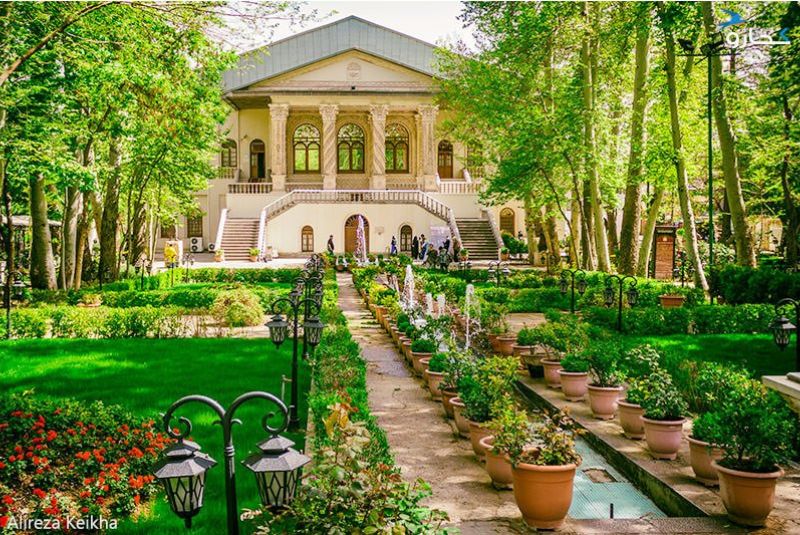
Situated in Valiasr Street, Ferdows Garden boasts a stunning Qajar mansion that dates back to the reign of Mohammad Shah Qajar. Although the mansion has undergone several demolitions and restorations throughout history, it remains one of Tehran's most beautiful historic buildings. After the revolution, the mansion was allocated to the IRIB and later transformed into a cinema museum in 2002. Visitors can also enjoy the charming cafes nestled within the garden.
| Also read about: Tehran's Most Famous Palaces
Mellat Park

Considered one of Tehran's top parks, Mellat Park is a must-visit. a delightful green oasis that spans an area of 34 hectares. Previously known as Shahshahi Park or Royal Park, it was renamed Mellat Park after the 1979 revolution. With its lush landscapes and approximately 120 species of trees, Mellat Park is an ideal destination for families. It also offers breathtaking views and is especially enchanting during spring and autumn.
Mellat Cineplex
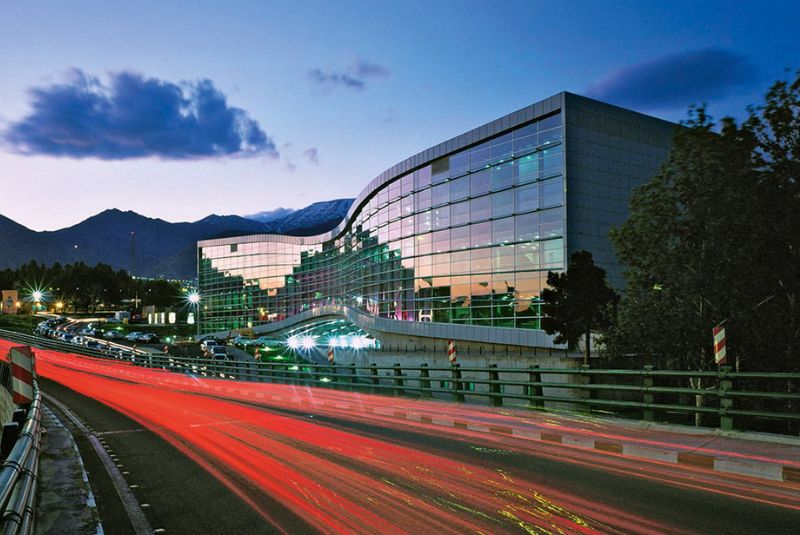
Located in the middle of Mellat Park, this cinema complex has hosted renowned film festivals, including the Fajr Film Festival. It serves as a cultural hub for cinema enthusiasts and features a vehicle entrance on the side of Niayesh Highway.
| Suggestion: Top Must Watch Iranian Movies
Saei Park
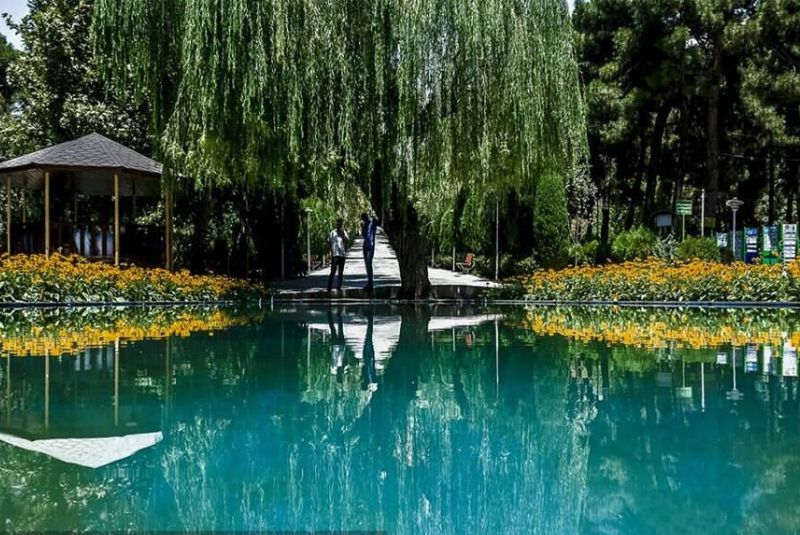
Known as the "green staircase complex," Saei Park was built in 1963 and has remained popular among Tehran's locals for many years. Its unique architectural style resembles a staircase, and the park includes tall, mature trees and a small zoo.
Iran Academy of The Arts

Situated near the Valiasr intersection, this landmark attracts art lovers with its cozy atmosphere, tall columns, and central water fountain. The building's design draws inspiration from Achaemenid and Sasanian architectural elements.
| Read more: Elements of Persian Architecture
Daneshjoo Park and the City Theatre

Situated on Enghelab Street, Daneshjoo Park is home to the City Theatre. The City Theatre is a symbol of art and theater in Tehran. It has a circular design, influenced by Ilkhanid and Achaemenid architecture, houses three main halls, two small halls, a plateau, and a cafeteria. A variety of original and adapted plays are performed here regularly, making it a must-visit for theater enthusiasts.
Moghaddam Museum

Situated on Imam Khomeini Street, this building was once a luxurious house for a Qajar elite and their children. The mansion features an exterior courtyard, reception room, fountain, and greenhouse, offering a glimpse into the opulent lifestyle of the era.
| Read the full article: Moghadam Museum - Fabulous Art Collections
Marble Museum
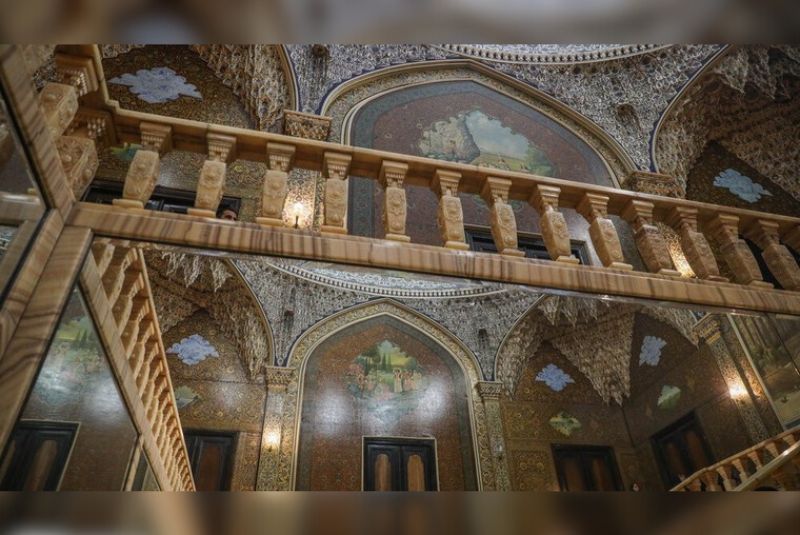
This intriguing museum near Vali-e Asr Avenue is a historical monument that originated during the Pahlavi Dynasty. After serving different purposes over the years, it reopened to the public in 2018.
Tehran Railroad Station
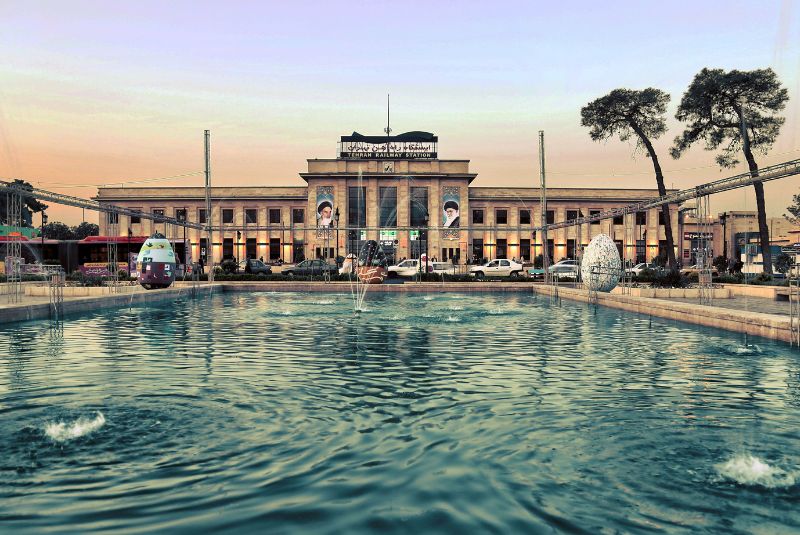
Tehran Railroad Station is an architectural gem inspired by ancient Persian design. The station's grandeur and attention to detail make it a sight to behold for architecture enthusiasts and history buffs alike.
| Read more: Iranian Modern Architecture
House of Professor Adl
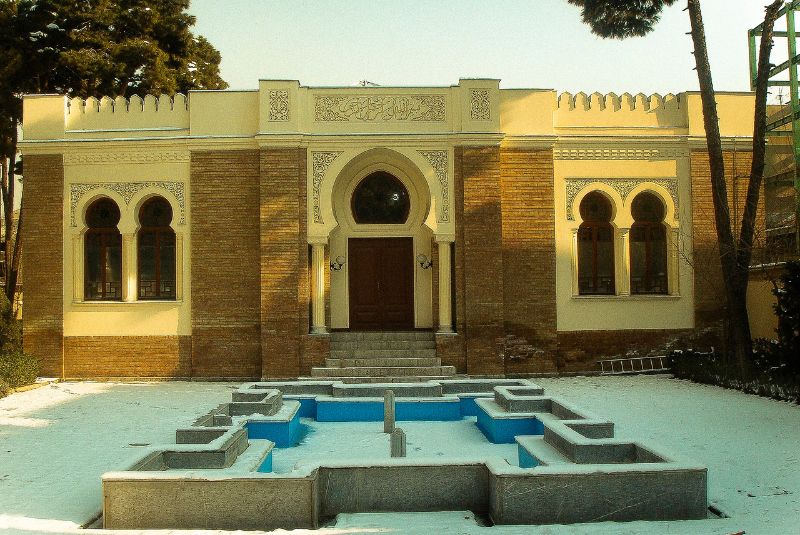
For those interested in history and architecture, the House of Professor Adl is a hidden gem on Valiasr Street. This mansion, built by the Russian engineer Markov, showcases a harmonious blend of Russian and Persian architectural styles. The intricate carvings adorning the façade and the surrounding tall pine trees create a picturesque setting, making it a delight to visit.
Valiasr Square
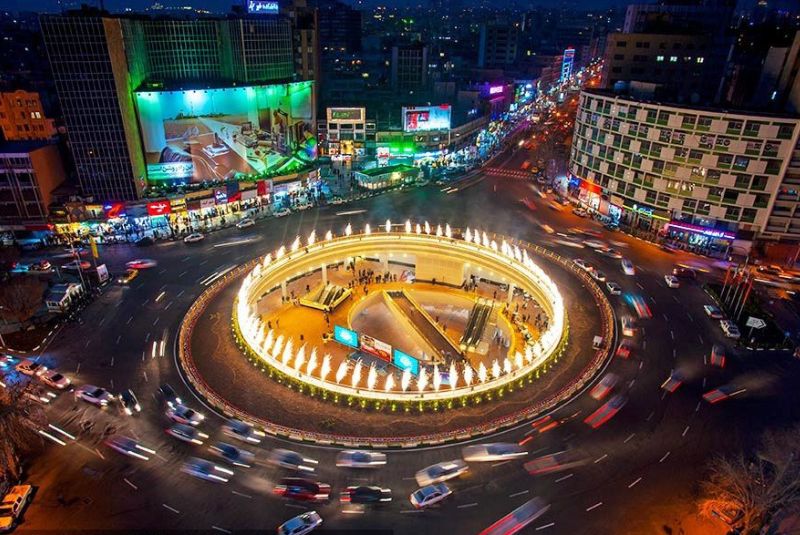
Valiasr Square in Tehran is a bustling commercial hub, offering a wide range of shops and amenities. From clothing and shoe stores to fast food and juice shops, visitors can find a diverse array of options. Additionally, the square is home to three cinemas, namely Cinema Independence, African Cinema, and Quds Cinema, providing entertainment for movie enthusiasts. However, due to its central location and the convergence of four major streets, Valiasr Square is often crowded and prone to heavy traffic.
In addition to these attractions, Valiasr Street offers a plethora of other remarkable places to explore, including Imamzadeh Saleh and the Time Museum.
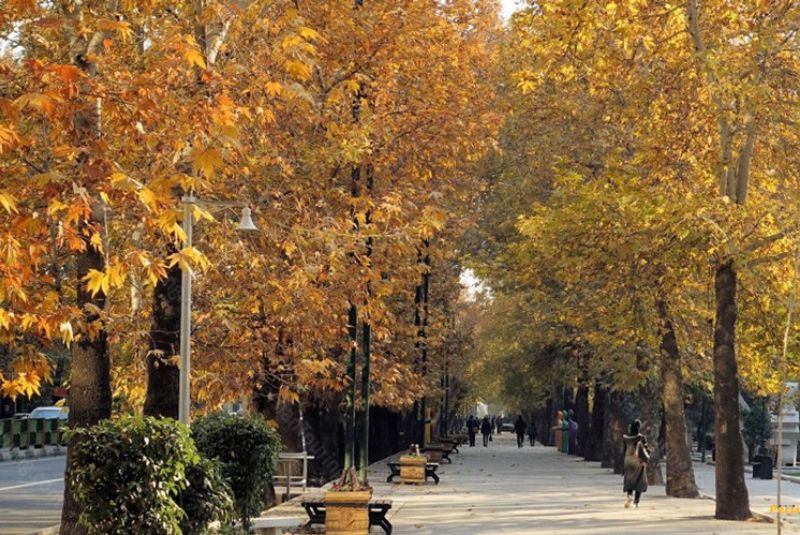
Bottom Line
Valiasr Street in Tehran stands as the longest street in the Middle East. With its stunning natural scenery, abundance of stores and shopping centers, and spacious sidewalks, this street offers a delightful experience for visitors.
Valiasr Street provides a unique opportunity to immerse oneself in the daily life of the people of Tehran and witness the vibrant social fabric of the city. Moreover, it offers so many tourist attractions, making it an absolute must-visit for anyone exploring the city.
Whether you have specific destinations in mind or simply want to soak in the atmosphere, walking along this historic street is an experience not to be missed. So, next time you're in Tehran, make sure to add Valiasr Street to your itinerary and discover the charm of this magnificent and longest street in the Middle East.
Share your story!
Comment below and let us know about your Experience.
Your story inspires others!


Comment
Leave a Comment